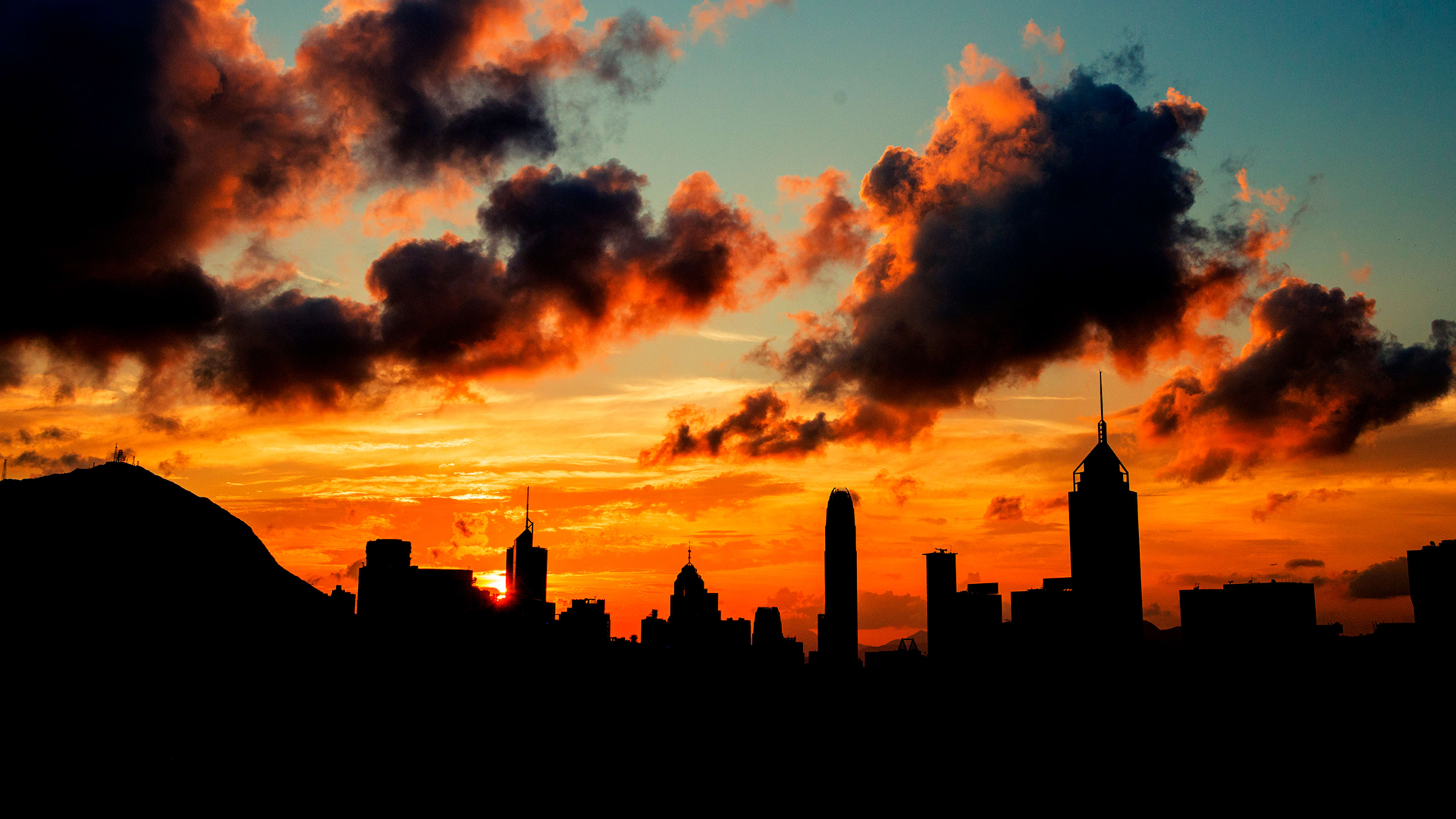On August 18, when temperatures in part of Chongqing, China, climbed to a record 113 degrees Fahrenheit, it had been over 100 degrees for 11 days. But it had been brutally hot for even longer; China’s unprecedented heat started in June. The intensity, scope, and duration of the heat wave could make it the worst ever recorded in the world.
Unimaginable heat in China 🇨🇳
The longevity and intensity of the heatwave is hard to comprehend. Too many heat records to count, both day and night.
Beibei hit 45°C for two consecutive and some places not falling below 34°C at night.
The heat is ongoing… pic.twitter.com/pxWgaMDZQ0
— Scott Duncan (@ScottDuncanWX) August 20, 2022
In Chongqing and Sichuan, the heat has led to more than a dozen wildfires. As the heat exacerbates a serious drought, more than 66 rivers in the region have dried up. In Sichuan, which gets the majority of its electricity from hydropower, the shrinking water supply has led to power shortages. Factories have shut down. Crops are wilting on farms. In Chongqing, the street has been so hot that one reporter saw the soles melt on his shoes.
Hello from Chongqing, where it is 43 degrees Celsius and the heat has literally melted the soles off my feet pic.twitter.com/dNDfeOLpZa
— Danson Cheong (@dansoncj) August 22, 2022
The heat wave is the worst in China since its national climate center started keeping records 61 years ago. It’s also the type of event that climate change is making much more likely. “The frequency of unprecedented hot events has more than doubled in the East Asia region,” says Noah Diffenbaugh, a climate scientist at Stanford University. Extreme heat is also becoming more frequent in places that were historically mild. In the U.K., the record temperatures this summer would have been almost impossible without climate change. The heat wave in the Pacific Northwest in 2021 was so extreme that scientific models suggested it was statistically impossible.
Unfortunately, even if the world succeeds in dramatically reducing emissions, heat waves are likely to keep getting worse. The planet, so far, has warmed 1.1 degrees Celsius (equivalent to 1.9 degrees Fahrenheit). Under the Paris Climate Agreement, the most ambitious goal is to limit warming to 1.5 degrees Celsius (2.7 degrees Fahrenheit). Right now, the world may be on track for nearly 3 degrees of warming. Each fraction of a degree makes a difference.
“We know that for 1.1 degrees Celsius, we’re already in a climate where these unprecedented events are happening more frequently,” says Diffenbaugh. “And we can be very confident from many different studies that with additional global warming, not only will those odds of unprecedented events go up, but the severity of the most severe events will also increase.”
Shocking pictures from China: World’s third-largest river dries up in drought 👇pic.twitter.com/1rXKa01quq
— Daniel Moser – dmoser@mastodon.social (@_dmoser) August 23, 2022
It’s clear that countries need to do more to prepare for the cascade of crises that come from extreme heat. Heat is already linked to more than 350,000 premature deaths in nine countries just in 2019. And it causes multiple other problems. In China alone, the fall rice harvest is threatened. As other crops wilted, food prices rose. Car and electronics factories temporarily shut down because of the lack of hydropower. Ships that normally carry cargo couldn’t travel down rivers because the water levels were so low. Some neighborhoods faced rolling blackouts. Electric vehicle drivers couldn’t charge their cars. And China started burning more coal power to replace the hydropower—adding carbon emissions that will only make future heat waves worse.
Now, heavy rain has started to fall in some parts of the country, making it cooler and helping restore power. But the heat-baked soil is so dry that the next catastrophe may be extreme flooding.
Recognize your brand’s excellence by applying to this year’s Brands That Matter Awards before the early-rate deadline, May 3.
